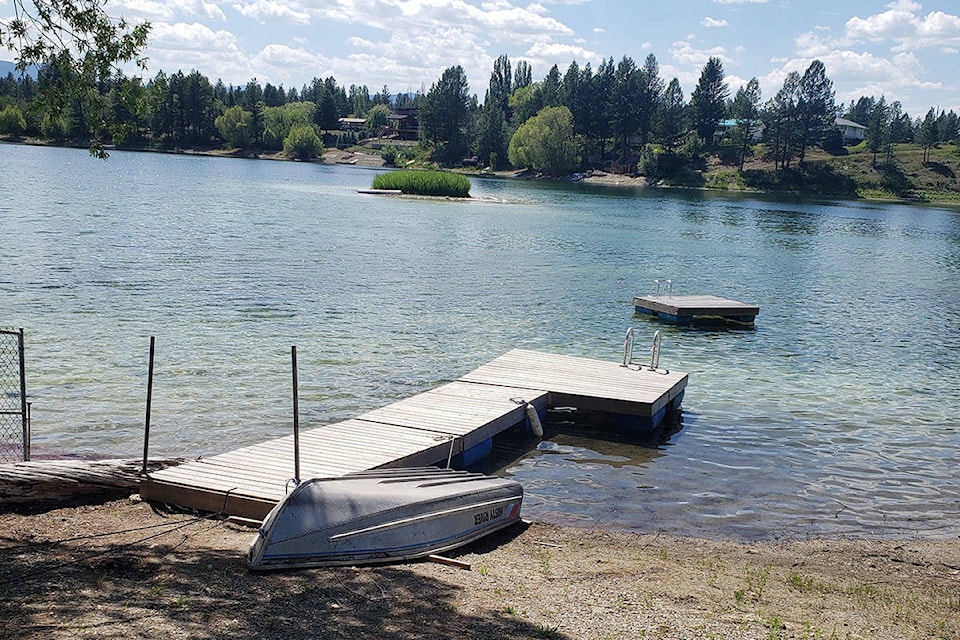The regional district has put out the call for a conceptual design plan to restore water supply to aquifers that service downstream communities in the South Country.
The RDEK’s Request for Proposal closes on July 12, with the intent of having the successful conceptual plan completed by the end of November. That conceptual plan will identify, assess and recommend options for restoring the water supply to the Baynes Lake and Elko aquifers and also provide a detailed scope of work, estimated cost and timeframe for implementation.
“This is an important step forward in this critical project and in getting sustained access to drinking water for these communities,” said Stan Doehle, RDEK Electoral Area B Director. “This is a long process, but this is an important step forward.”
Doehle first raised the alarm over the South Country water crisis last summer during a presentation to the RDEK board of directors, blaming the low water levels on operational decisions made by BC Hydro relating to the Elko Dam, which is preventing the river flow from reaching the aquifers.
“Once we have a plan and these more concrete details, our next step will be to apply for the necessary permits, continue our First Nations consultation, and conduct environmental assessments,” said Doehle.
“In the meantime, our biggest concern is ensuring access to drinking water for the affected communities.”
Due to lower water levels, the RDEK is asking residents in the Baynes Lake area to conserve water by limiting outdoor water use and adhering to voluntary watering days, with odd numbered houses watering on odd numbered days and even numbered houses watering on even numbered days.
The RDEK says lawns only need to be watered two or three times a week in the early morning or evening.
“This method will keep our gardens and lawns healthy and provide a green space around our homes in line with FireSmart principals while reducing consumption,” says Doehle. “Following these watering guidelines is not mandatory; however, we ask residents to do their part and band together until a permanent solution is in place.”
